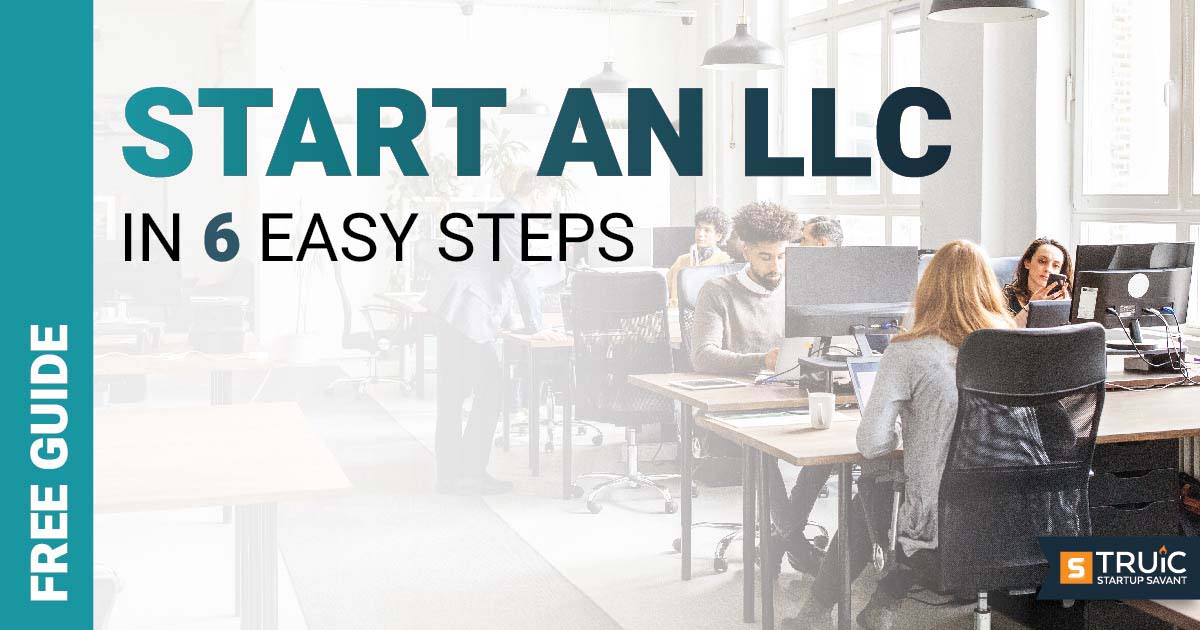Lean Startup Business Plan Guide
How to Create a Lean Canvas

Last Updated: By Michaela Dale
Business planning isn’t typically the part of entrepreneurship people look forward to. Fortunately for startup entrepreneurs, there is another option: lean startup business plans. These templates are less in-depth than their traditional counterparts while still allowing you to go through the necessary steps to set the groundwork for your business. If an alternative method of business planning appeals to you, you’ve come to the right place to get started with our lean business plan guide.
Recommended: Read our full guide on how to start a startup and our review of the best business plan software tools.
Writing a Lean Business Plan for a Startup
One benefit of launching a startup is that entrepreneurs can go outside the box to plan their business. Lean business plans are a less intensive option for startup entrepreneurs to establish their business goals and determine how they can make them happen in a fluid, simple format.
What Is a Lean Startup Business Plan?
A lean startup business plan is a short roadmap that outlines the startup’s goals and the steps to reach them. Concise in nature, sometimes only as long as one page, a lean startup plan starts by identifying a problem and solution. As beneficial as it is to have a business plan to secure investors, a lean startup business plan is also a template for entrepreneurs to think out and document their business strategy.
Lean Startup Plan Pros
- Traditional business plans are time-consuming, and lean startup plans offer entrepreneurs a way to document important business information and goals without going through the process of writing a traditional business plan.
- Lean startup plans are concise enough to pitch to an investor or grab a customer’s attention in a matter of seconds.
Lean Startup Plan Cons
- Some investors may want a more in-depth business plan provided prior to funding your startup.
- Lean startup plans offer less foundational business planning than their traditional counterparts.
Lean Plan vs. Traditional Business Plan
A traditional business plan is an in-depth, detailed blueprint of your startup’s first three to five years in business. In contrast, a lean startup plan is more of a diet-business plan, meaning it includes fewer details, less in-depth analysis, and is much shorter than a traditional business plan. While the two business plans are different in length and detail, they typically include the same nine sections at varying lengths.
Lean Canvas vs. Business Model Canvas
Lean Canvas is an adaptation by Ash Maurya of Alexander Osterwalder’s widely-used business model canvas. Both are templates for the strategic management of a business’s important information. Business model canvas is for all new and existing businesses, while Lean Canvas is created specifically for lean startup entrepreneur’s use. In their approach, they differ as well; business model canvases focus on the infrastructure of a business, while Lean Canvases start with a problem and work toward a solution using an actionable template.
Lean Business Plan Sections Explained
A lean business plan includes valuable information about a startup for both the founder and relevant business partners. Unlike traditional business plans which are a more detailed business plan, lean business plans are concise, typically only one page, and include only the most pertinent information such as target market, marketing strategy, and pain point being solved.
These are the sections you should include in your lean business plan template.
Problem
A lean startup plan starts the same way many successful startups do — by identifying a problem. In this case, it’s a good idea to start by identifying one to three problems and listing them in your Lean Canvas. The intention of starting your business plan with a list of problems is to ensure there is a market for your product. Think about it this way, if you create a solution to a problem that doesn’t exist or isn’t widespread, who will buy it?
Solution
Your startup’s task is to create a solution to the problem(s) you’ve identified. This section of your Lean Canvas outlines the solution for each problem you posted in the first section. Include a minimum viable product (MVP) that coincides with your proposed solution. Keep your solutions concise and easily digestible.
Key Metrics
Key metrics, the numbers that tell you how your business is performing, vary depending on your startup model and product. For example, some startups may include an ideal subscription percentage, while others may include an ideal amount of downloads in the first week. These goals will be used as a point of reference for you and your investors to assess your startup’s viability and success.
Unique Value Proposition
Describe in a single sentence why your startup is unique and valuable. Ideally, your unique value proposition will demonstrate to customers the promise that your startup solves their problem in an easily marketable way.
Unfair Advantage
What gives your startup a competitive advantage? Describe the edge your startup has that cannot be bought or copied by others — setting you apart from your competition.
Marketing Strategy
List the marketing strategy you’re planning to use to attract customers. This can be inbound or outbound channels to reach customers. Your strategy should be supported by market research and market analysis, as all these factors can impact the success of campaigns.
Customer Segments
Establishing your target market is absolutely essential to effectively marketing your product and keeping your startup afloat. Include your target customers as well as early adopters (otherwise known as the ideal customers) that your startup will initially appeal to. Be sure to include information about the marketing strategy that will be or is used to attract these users.
Cost Structure
What your startup will be paying continuously without change (fixed costs) as well as costs that can change over time (variable costs) should be listed here. Essentially, any expense your startup will incur doing business should be considered in the cost structure to budget accurately and secure the necessary funding.
Revenue Streams
You know your costs. Now, you need to make a list of the revenue streams you have to cash roll your startup. These are your revenue streams, and they can be anything from business loans to venture capital.
Steps After Creating a Lean Startup Plan
Now that you have created the plan for your startup, it’s time to put it to the test. As much as startup plans can help entrepreneurs prepare for the road ahead, there is always room for improvement as the startup grows and adapts.
Test
The ultimate test of your startup plan is to get to work. In lean startup methodology, entrepreneurs are encouraged to place their product on the market in order to rapidly improve upon their product and business as a whole. Therefore, in order to get an idea of what needs to be adjusted, you’ll need to put your business plan to the test.
Review
Get a clear understanding of customer reception and feedback you receive about your startup’s products and services. You don’t need to take every suggestion; however, this feedback should help inform the adaption of your product to make it more consumer-friendly. Be open to criticism and ask questions. Listening to the response to your initial products can help you develop new strategies to improve.
Revise
Implement your findings from reviewing feedback by revising your business plan and rethinking product elements. Don’t be afraid to go back to the drawing board when you need to reimagine a business plan. The benefit of using a lean startup business plan is that there is a great deal of flexibility available to business owners to reassess their vision.





